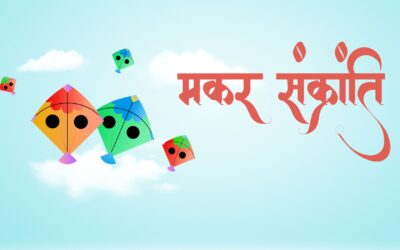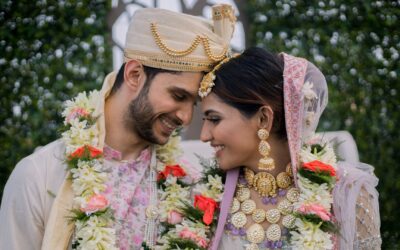From the ancient verses of the Rigveda to the thought-provoking novels of contemporary authors, Indian literature is a vast and varied treasure trove.
With its deep roots and broad branches, it spans over millennia, reflecting the diverse tapestry of India’s history, culture, and philosophy.
Dive into this whirlwind tour of the literary gems that have shaped the world of words in India.
1. The Ancient Classics: Epics and Scriptures
Before novels and short stories, India’s literature was deeply spiritual and philosophical.
The Vedas and Upanishads: These are foundational texts of Indian philosophy, spirituality, and understanding of the universe.
The Mahabharata and Ramayana: Epic tales of honour, duty, love, and warfare. Not just stories, these epics offer deep moral and philosophical insights.
2. The Regional Flourish: Rich Texts from Various Corners
India, with its myriad languages, has a rich tapestry of regional literature. Some gems include:
Tamil Sangam Literature: This is one of the world’s oldest literary traditions, with love poems, city descriptions, and more.
Bengali Literature: Rabindranath Tagore, a Nobel laureate, penned beautiful verses and stories. His “Gitanjali” is a must-read.
Malayalam Literature: MT Vasudevan Nair’s “Randamoozham” reimagines the Mahabharata from Bhima’s perspective. It’s a gripping tale that blends myth and human emotions.
3. The Mughal Era: Poetry and Romance
The Mughal era saw the flourish of Urdu and Persian literature in India.
Mirza Ghalib: A prominent Urdu and Persian poet, his ghazals touch upon love, despair, and the mysteries of existence.
Amir Khusro: Often called the ‘father of qawwali’, his verses blend spirituality with the essence of love.
4. The Colonial Period: Struggles and Reformations
With British rule came English education, leading to a blend of Western and Indian literary traditions.
Raja Ram Mohan Roy: Known as the father of the Indian Renaissance, his writings focused on societal reforms and religious understanding.
Bankim Chandra Chattopadhyay: He penned “Vande Mataram”, a song that became synonymous with India’s struggle for freedom. His novel, “Anandamath”, is a significant work from this period.
5. Post-Independence: Reflecting the New India
The period following India’s independence was one of introspection, rebuilding, and finding identity.
R. K. Narayan: His Malgudi Days series provides a delightful snapshot of South Indian life, with tales that are simple yet profound.
Kamala Markandaya: Her “Nectar in a Sieve” portrays the life of a rural Indian woman against the backdrop of urbanisation.
6. Contemporary Voices: Modern Tales and Narratives
The modern era has witnessed a burst of literary talent that addresses contemporary issues, diaspora experiences, and urban tales.
Arundhati Roy: Her “The God of Small Things” is a heart-wrenching tale of family, society, and forbidden love. It won the Man Booker Prize in 1997.
Jhumpa Lahiri: Representing the diaspora voice, her “The Namesake” explores identity, migration, and the quest for belonging.
Chetan Bhagat: Often credited with popularising reading among India’s youth, his “Five Point Someone” is a light-hearted take on the pressures of the Indian education system.
7. Exploring Gender, Sexuality, and Love
Modern Indian authors have increasingly addressed topics of gender, sexuality, and complex human relationships.
Shobha De: Known for her bold portrayal of love, lust, and relationships, her “Starry Nights” is a candid take on the film industry.
Vikram Seth: His “A Suitable Boy” is an expansive tale of post-independence India, touching upon politics, love, and societal norms.
8. Mysticism, Spirituality, and Beyond
Indian literature has a rich tradition of exploring the deeper questions of life, existence, and spirituality.
Sadhguru: His “Death; An Inside Story” offers insights into the most enigmatic aspect of life – death.
Osho: A controversial figure, his books, like “The Book of Secrets”, delve into meditation, love, and enlightenment.
9. Children’s Literature: Fables and Fantasies
Indian literature for children is rich, with tales that entertain and impart moral lessons.
Ruskin Bond: His stories, like “The Blue Umbrella”, paint a vivid picture of life in the Indian hills.
Sudha Murty: With stories that blend tradition with modern values, her “Grandma’s Bag of Stories” is beloved by children across India.
10. In a Nutshell: The Magic of Words
Indian literature, with its vastness and depth, is a reflection of its diverse and rich culture. It’s a blend of tradition and modernity, of ancient wisdom and contemporary insights. Whether you’re a seasoned reader or a curious soul, there’s something in it for everyone.
Embark on this literary journey, and let the words of these literary maestros transport you to the lanes and bylanes of India, from its bustling cities to its serene countryside, from its age-old traditions to its modern aspirations. Happy reading!




